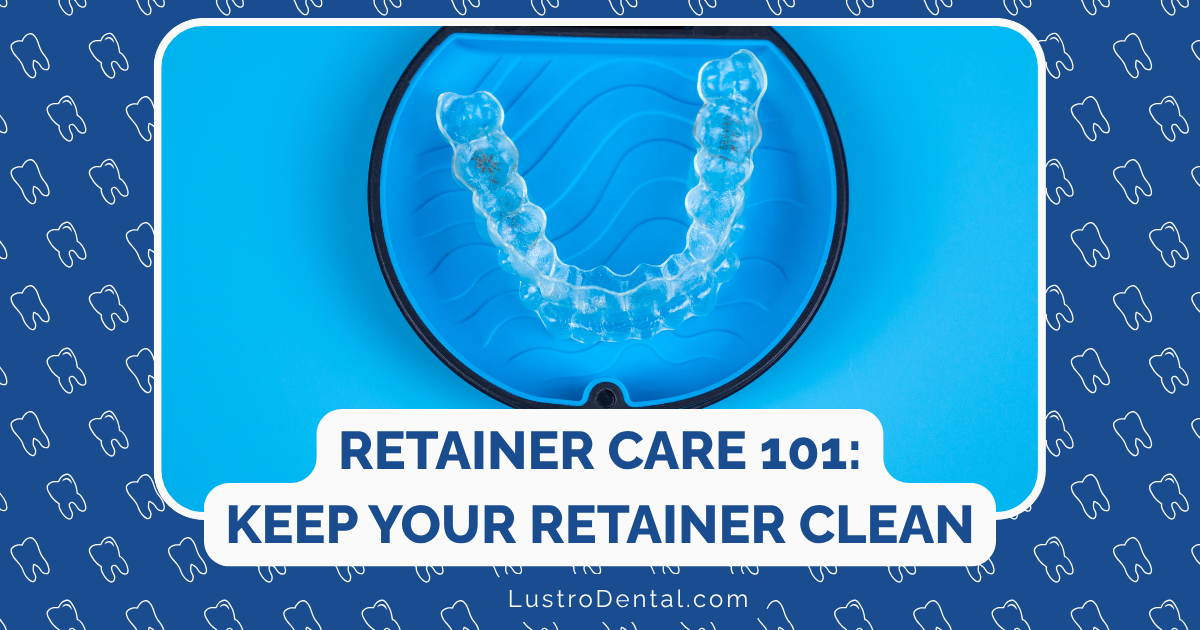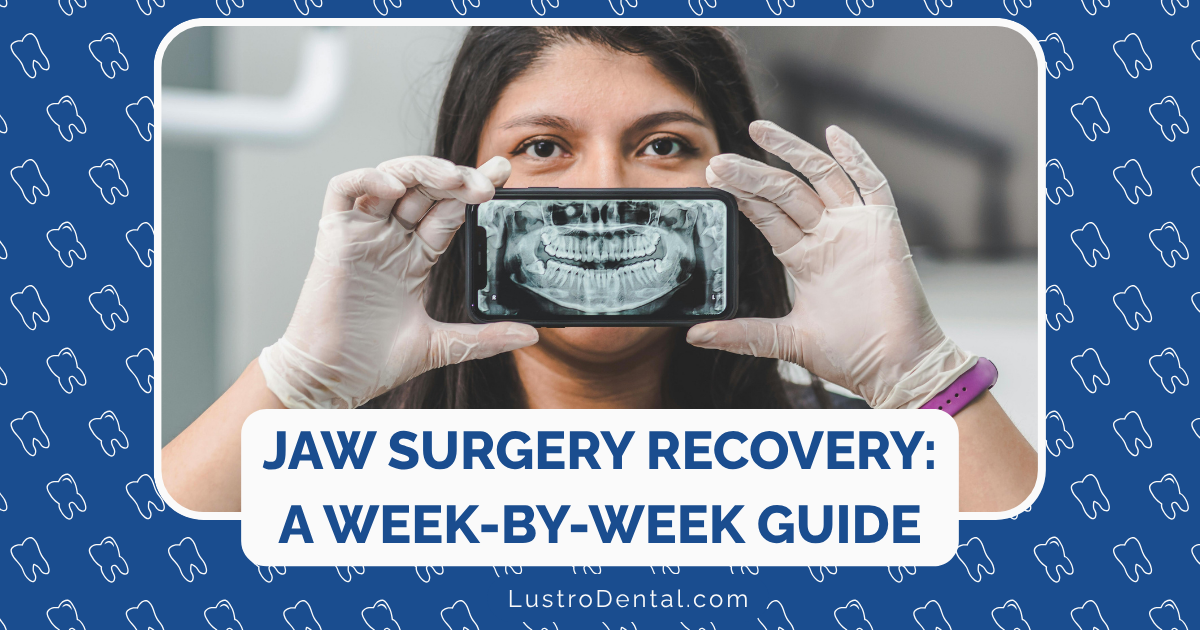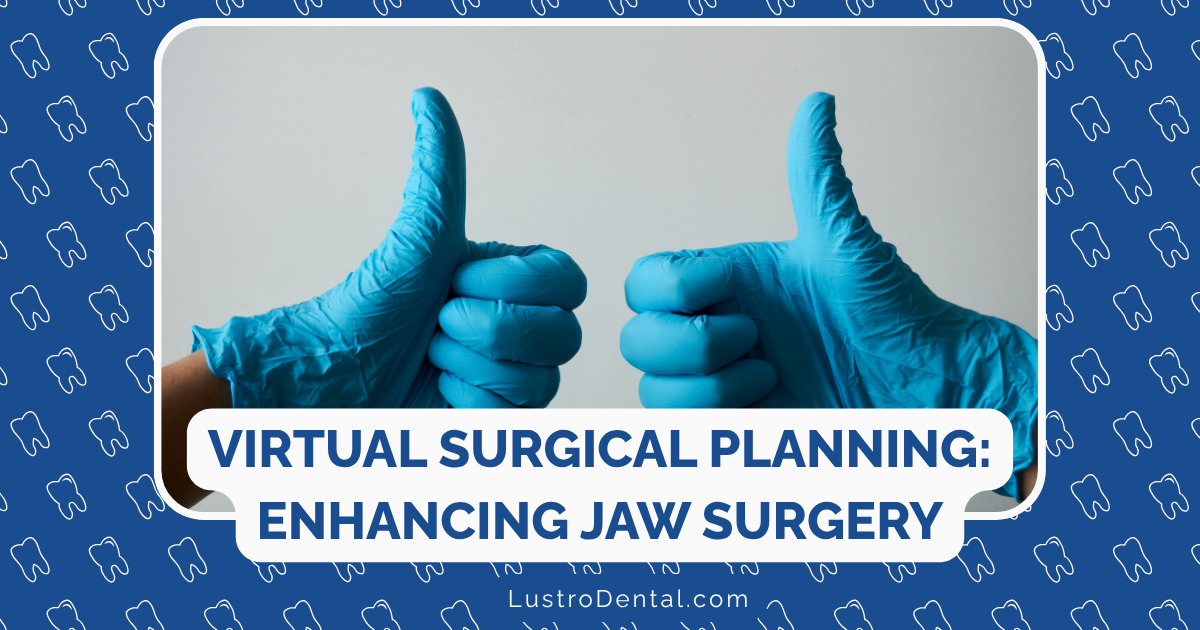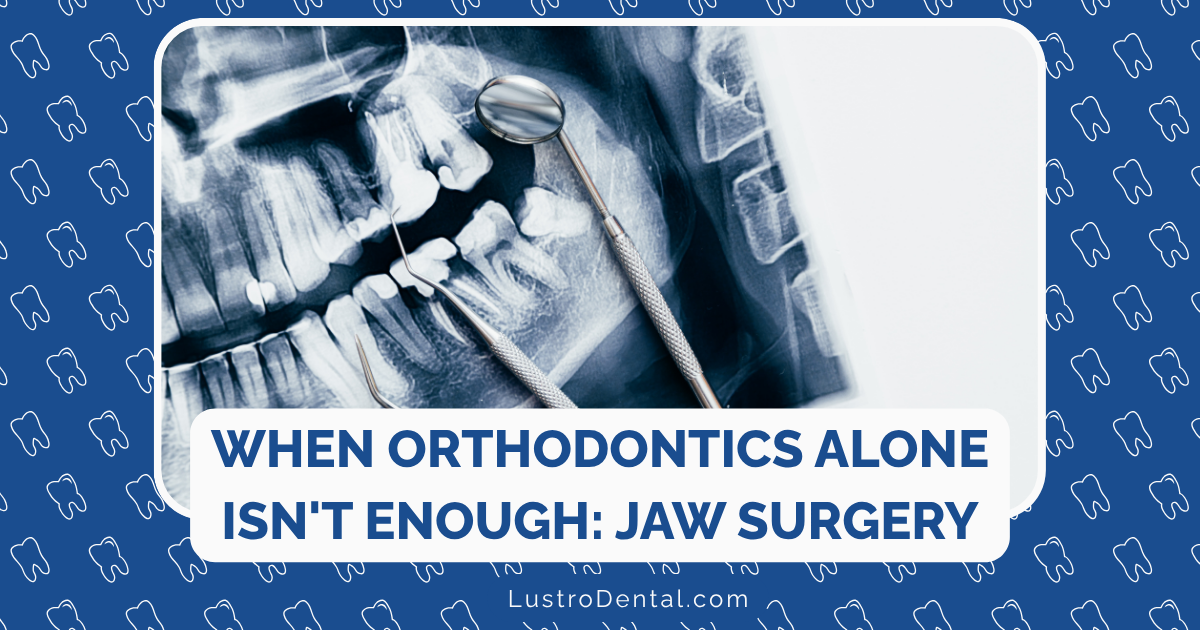Retainer Care 101: Cleaning, Storing, and Maintaining Your Investment

After months or years of orthodontic treatment, your retainer is your insurance policy—the critical device that maintains your beautiful new smile. Whether you’ve invested in braces, clear aligners, or another orthodontic treatment, proper retainer care is essential to protect that investment.
Unfortunately, many patients don’t realize that retainers require specific care routines to keep them clean, functional, and odor-free. A well-maintained retainer not only lasts longer but also contributes to better oral health overall.
In this comprehensive guide, we’ll cover everything you need to know about caring for different types of retainers, including cleaning methods, storage best practices, and solutions for common problems.
Understanding Your Retainer Type
Before diving into care instructions, it’s important to identify which type of retainer you have, as cleaning and maintenance vary by type.
Removable Retainers
1. Hawley Retainers
These traditional retainers consist of an acrylic base that fits against the roof of your mouth or behind your lower teeth, with a wire that wraps around the front of your teeth.
Composition: Acrylic (plastic) and metal wire Lifespan with proper care: 5-10+ years Advantages: Durable, adjustable, allows natural contact between upper and lower teeth
2. Clear Plastic Retainers (Essix)
These transparent retainers look similar to clear aligners, fitting over your entire dental arch.
Composition: Clear thermoplastic material Lifespan with proper care: 1-5 years Advantages: Nearly invisible, comfortable, covers all surfaces of teeth
Fixed Retainers
Also called permanent or bonded retainers, these consist of a thin wire bonded to the back of your teeth (typically the lower front teeth).
Composition: Metal wire and dental adhesive Lifespan with proper care: 5-10+ years (may need occasional repair or rebonding) Advantages: No compliance issues, invisible from the front, continuous protection
Now that you know which type of retainer you have, let’s explore the proper care techniques for each.
Daily Cleaning Routines by Retainer Type
Cleaning Hawley Retainers
Hawley retainers are the most durable type but still require careful cleaning to prevent buildup and odor.
Daily Cleaning:
- Rinse immediately after removal: Use cool or lukewarm water (never hot) to rinse away saliva and loose debris.
- Gentle brushing: Use a soft-bristled toothbrush (ideally one dedicated just for your retainer) to gently clean all surfaces, including the wire and acrylic portions.
- Mild soap option: For a deeper clean, use a small amount of mild, unscented liquid dish soap instead of toothpaste. Toothpaste is too abrasive and can scratch the acrylic.
- Thorough rinsing: Rinse thoroughly with cool water to remove any soap residue.
Weekly Deep Cleaning (Choose One):
- Baking soda soak: Mix 1 teaspoon of baking soda in a cup of water and soak for 15-20 minutes, then rinse thoroughly.
- Vinegar solution: Create a 50/50 mixture of white vinegar and lukewarm water. Soak the retainer for 15-20 minutes, then rinse well with clean water.
- Commercial cleaners: Products specifically designed for retainers, such as Retainer Brite, can be used according to package instructions. Avoid denture cleaners as they can yellow the acrylic over time.
Cleaning Clear Plastic Retainers
Clear retainers require extra care as they can stain, cloud, or warp more easily than Hawley retainers.
Daily Cleaning:
- Immediate rinsing: Rinse with cool water immediately after removal to prevent saliva from drying on the retainer.
- Gentle cleaning: Use a soft toothbrush with cool water only—no toothpaste, as it can scratch the plastic and create tiny abrasions where bacteria can hide.
- Avoid scrubbing: Clean with gentle motions rather than vigorous scrubbing to prevent scratching the surface.
- For stubborn debris: Use a cotton swab to clean hard-to-reach areas or grooves in the retainer.
Weekly Deep Cleaning (Choose One):
- Mild soap rinse: Gently clean with a tiny amount of clear, mild, antibacterial soap, then rinse thoroughly.
- Vinegar soak: Soak in equal parts white vinegar and cool water for no more than 15 minutes, then rinse well.
- Specialized cleaner: Use products specifically designed for clear retainers, following the manufacturer’s instructions.
Cleaning Fixed Retainers
Since fixed retainers are permanently attached to your teeth, they require special attention during your regular oral hygiene routine.
Daily Cleaning:
- Careful brushing: Use a soft-bristled toothbrush to clean around the wire and bonding points. Angle the brush to clean both above and below the wire.
- Specialized flossing: Use floss threaders or orthodontic flossers to thread floss under the wire between each tooth.
- Interdental brushes: Small interdental brushes can help clean under and around the wire where a regular toothbrush can’t reach.
- Water flossers: Devices like Waterpik can be effective at cleaning around fixed retainers, especially when used on a lower pressure setting.
Proper Storage for Removable Retainers
Proper storage is just as important as cleaning for maintaining your removable retainer.
Storage Do’s:
- Always use the case: Store your retainer in its designated case whenever it’s not in your mouth. This protects it from damage and prevents loss.
- Keep it moist: Some orthodontists recommend storing retainers in a case with a little water to prevent them from drying out, which can lead to cracking and warping. Check with your orthodontist about whether this is recommended for your specific retainer type.
- Clean the case: Wash your retainer case with soap and water at least once a week to prevent bacteria buildup. Allow it to air dry completely before putting your retainer back in.
- Label your case: Put your name and contact information on your case in case it gets lost.
Storage Don’ts:
- Never wrap in napkins: This is the #1 way retainers get thrown away accidentally! Always use your case.
- Avoid heat exposure: Keep retainers away from hot water, dishwashers, car dashboards, or any heat source that could warp the material.
- Keep away from pets: Dogs are particularly attracted to retainers due to the saliva scent. Keep your case out of reach of pets.
- Don’t leave in direct sunlight: UV exposure can weaken the materials over time.
Maintaining Your Retainer for Longevity
Beyond daily cleaning and proper storage, these maintenance tips will help extend the life of your retainer:
For All Retainer Types:
- Regular dental check-ups: Bring your retainer to all dental appointments so your dentist can check for fit and wear.
- Stay hydrated: Drinking plenty of water helps wash away bacteria and prevents dry mouth, which can contribute to retainer odor.
- Handle with clean hands: Always wash your hands before handling your retainer to avoid transferring bacteria.
For Removable Retainers:
- Remove for eating and drinking: Take out your retainer before eating or drinking anything other than water to prevent staining and damage.
- Avoid bending: When removing your retainer, pull it straight down or up rather than twisting, which can warp or break the material.
- Check for fit: If your retainer feels tight or loose, consult your orthodontist—don’t try to adjust it yourself.
For Fixed Retainers:
- Watch what you eat: Avoid extremely hard or sticky foods that could damage the wire or bonding.
- Be alert to changes: If you feel a sharp edge or loosening of the wire, contact your orthodontist promptly.
- Consider supplemental protection: Some orthodontists recommend wearing a removable retainer at night in addition to a fixed retainer for maximum protection.
Troubleshooting Common Retainer Problems
Even with proper care, retainer issues can arise. Here’s how to address common problems:
Odor Issues
Causes: Bacteria buildup, inadequate cleaning, allowing retainer to dry out
Solutions:
- Deep clean: Soak in a 50/50 solution of white vinegar and water for 15-20 minutes, then rinse thoroughly.
- Baking soda refresh: Create a paste with baking soda and water, gently clean the retainer with a soft brush, then rinse well.
- Consistent cleaning: Establish a daily cleaning routine to prevent odor buildup.
- Keep moist: Store removable retainers in a case with a bit of water to prevent bacterial growth that occurs when retainers dry out.
Discoloration and Yellowing
Causes: Staining foods/drinks, inadequate cleaning, exposure to certain chemicals
Solutions:
- Preventive measures: Remove retainers when consuming staining substances like coffee, tea, or red wine.
- Vinegar soak: A weekly soak in diluted white vinegar can help prevent yellowing.
- Professional cleaning: Your orthodontist can professionally clean your retainer to remove stubborn stains.
- Replacement: If discoloration is severe, it might be time for a replacement, especially for clear retainers.
Calcium Buildup (White Spots)
Causes: Mineral deposits from saliva, inadequate cleaning
Solutions:
- Vinegar treatment: Soak in a solution of equal parts white vinegar and water for 15-20 minutes to dissolve calcium deposits.
- Gentle brushing: After soaking, gently brush with a soft toothbrush to remove loosened deposits.
- Preventive rinsing: Always rinse your retainer thoroughly after removal to prevent saliva from drying on it.
Cracks or Breaks
Causes: Dropping, stepping on retainer, improper storage, wear and tear
Solutions:
- Contact your orthodontist immediately: Do not attempt to repair a broken retainer yourself.
- Temporary measures: If you can’t see your orthodontist right away, continue wearing the retainer if it’s not causing discomfort and the break is minor (for Hawley retainers only).
- Keep all pieces: Bring all broken pieces to your appointment, as sometimes repairs are possible.
- Prevention: Always store your retainer in its case when not in use.
Poor Fit
Causes: Teeth shifting, retainer warping, weight changes, growth (in younger patients)
Solutions:
- Consult your orthodontist: If your retainer feels too tight or too loose, professional evaluation is needed.
- Do not force: Never force a retainer that doesn’t fit properly, as this could damage your teeth.
- Temporary wear: If your retainer feels slightly tight but not painful, wearing it may help your teeth adjust back to their proper positions (consult your orthodontist first).
- Adjustment or replacement: Your orthodontist can adjust a Hawley retainer or create a new retainer if necessary.
When to Replace Your Retainer
Even with excellent care, retainers don’t last forever. Here are signs it’s time for a replacement:
Hawley Retainers:
- Cracks in the acrylic portion
- Bent or broken wire
- No longer fits properly
- Severe discoloration that doesn’t improve with cleaning
- Typical lifespan: 5-10 years with proper care
Clear Plastic Retainers:
- Cracks or holes in the material
- Significant cloudiness or discoloration
- Warping or change in shape
- No longer fits properly
- Typical lifespan: 1-5 years with proper care
Fixed Retainers:
- Wire becomes loose or detached from any teeth
- Wire breaks
- Significant tartar buildup that can’t be removed with regular cleaning
- Typical need for repair or replacement: Every 3-5 years, though some can last much longer
Creating a Retainer Care Routine
Establishing a consistent routine makes retainer care second nature. Here’s a sample daily and weekly schedule:
Daily Routine for Removable Retainers:
- Morning: Remove retainer, rinse with cool water, brush teeth, clean retainer, place in case while eating breakfast
- After meals: Rinse mouth and retainer before reinserting (if wearing during the day)
- Evening: Remove before brushing teeth, clean retainer while brushing teeth, reinsert before bed
Weekly Routine for Removable Retainers:
- Deep clean retainer using one of the methods described above
- Clean retainer case with soap and water, allow to air dry
- Inspect retainer for any damage, discoloration, or fit issues
Daily Routine for Fixed Retainers:
- Morning and evening: Brush carefully around the retainer wire
- Daily: Use floss threaders or interdental brushes to clean between teeth
- After meals: Rinse with water to remove food particles
Traveling with Your Retainer
Don’t let travel disrupt your retainer care routine:
- Bring a travel case: Always keep your retainer in its case when not in your mouth.
- Pack cleaning supplies: Travel with a small bottle of mild soap or retainer cleaner and a travel toothbrush dedicated to your retainer.
- Use bottled water: If tap water isn’t safe for drinking, don’t use it to clean your retainer either.
- Keep it with you: Pack your retainer in your carry-on luggage, not checked baggage, to prevent loss.
- Establish a place: At your destination, designate a specific spot for your retainer case to prevent misplacement.
The Value of Proper Retainer Care
Your retainer represents the final phase of your orthodontic investment. Considering the time and money you’ve invested in achieving your beautiful smile, proper retainer care is a small but crucial commitment to protect that investment.
Remember that replacing a retainer can cost anywhere from $100 to $500 depending on the type, while proper care costs virtually nothing. More importantly, neglecting your retainer can lead to shifting teeth, potentially requiring additional orthodontic treatment in the future.
Conclusion: A Lifetime of Smiles
Your retainer is your partner in maintaining your smile for a lifetime. By establishing good cleaning habits, proper storage practices, and regular maintenance checks, you can ensure your retainer remains effective, comfortable, and hygienic for years to come.
Remember that retainer care isn’t just about preserving the device itself—it’s about protecting your smile, your oral health, and your orthodontic investment. A few minutes of care each day is a small price to pay for the confidence and health benefits of a beautifully aligned smile.







